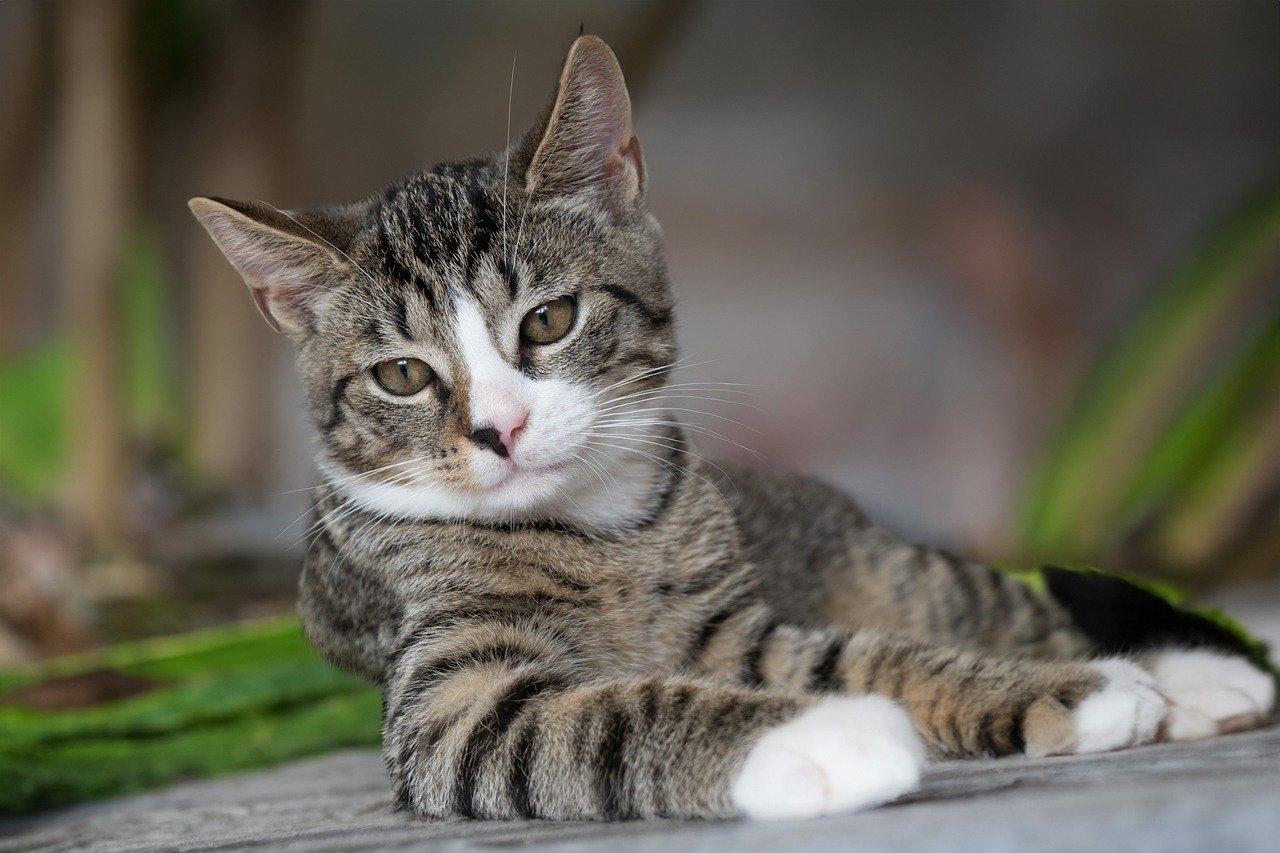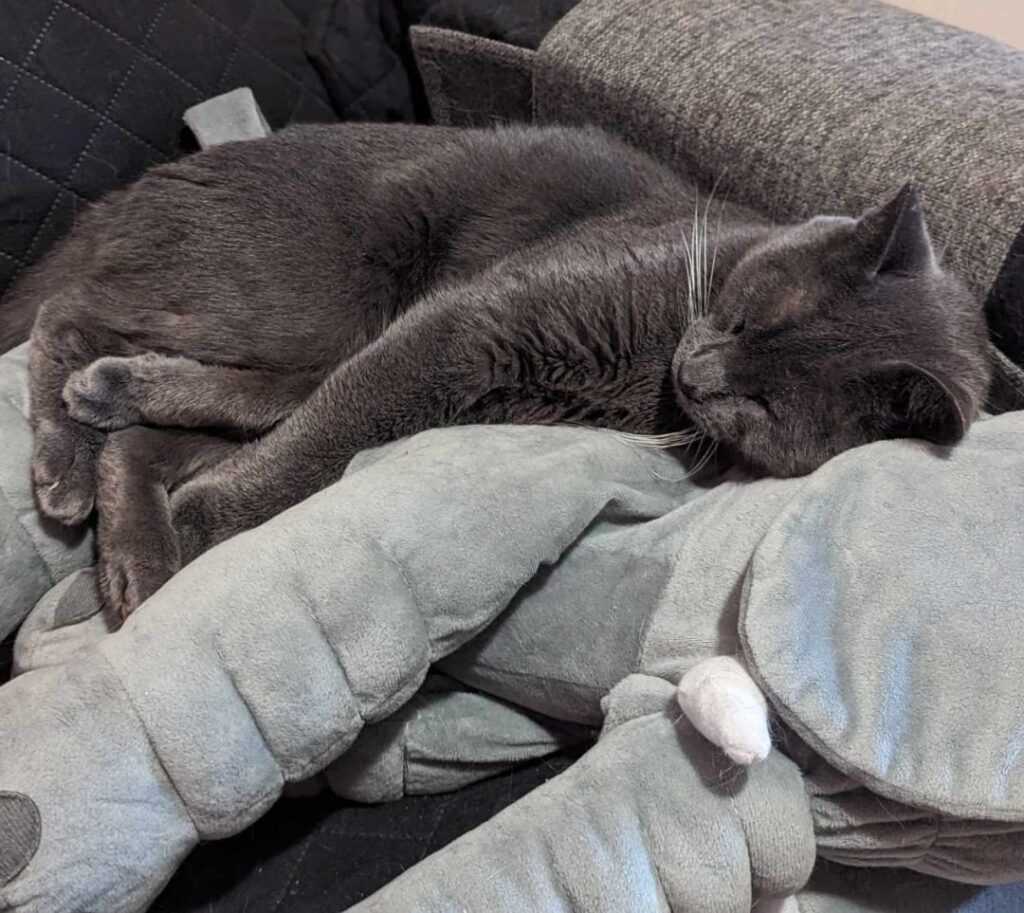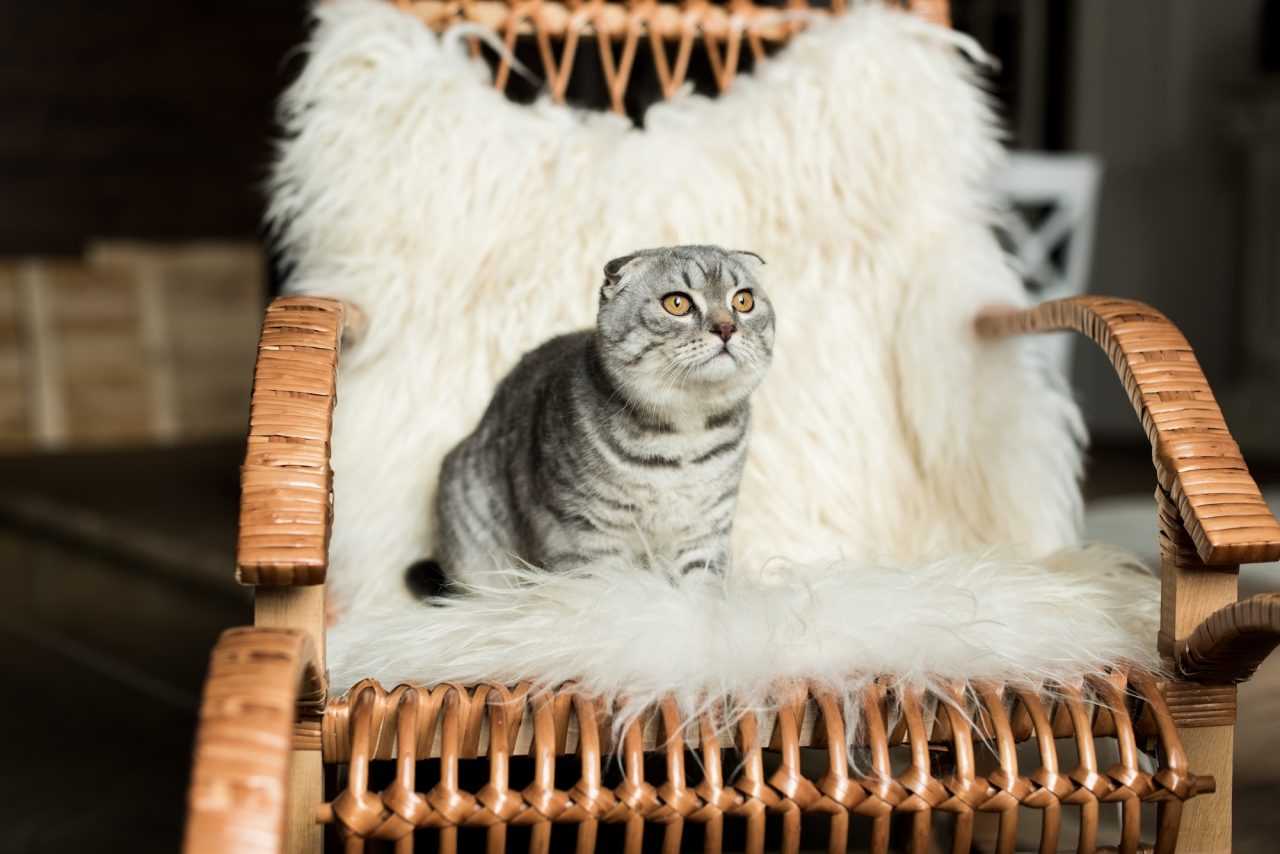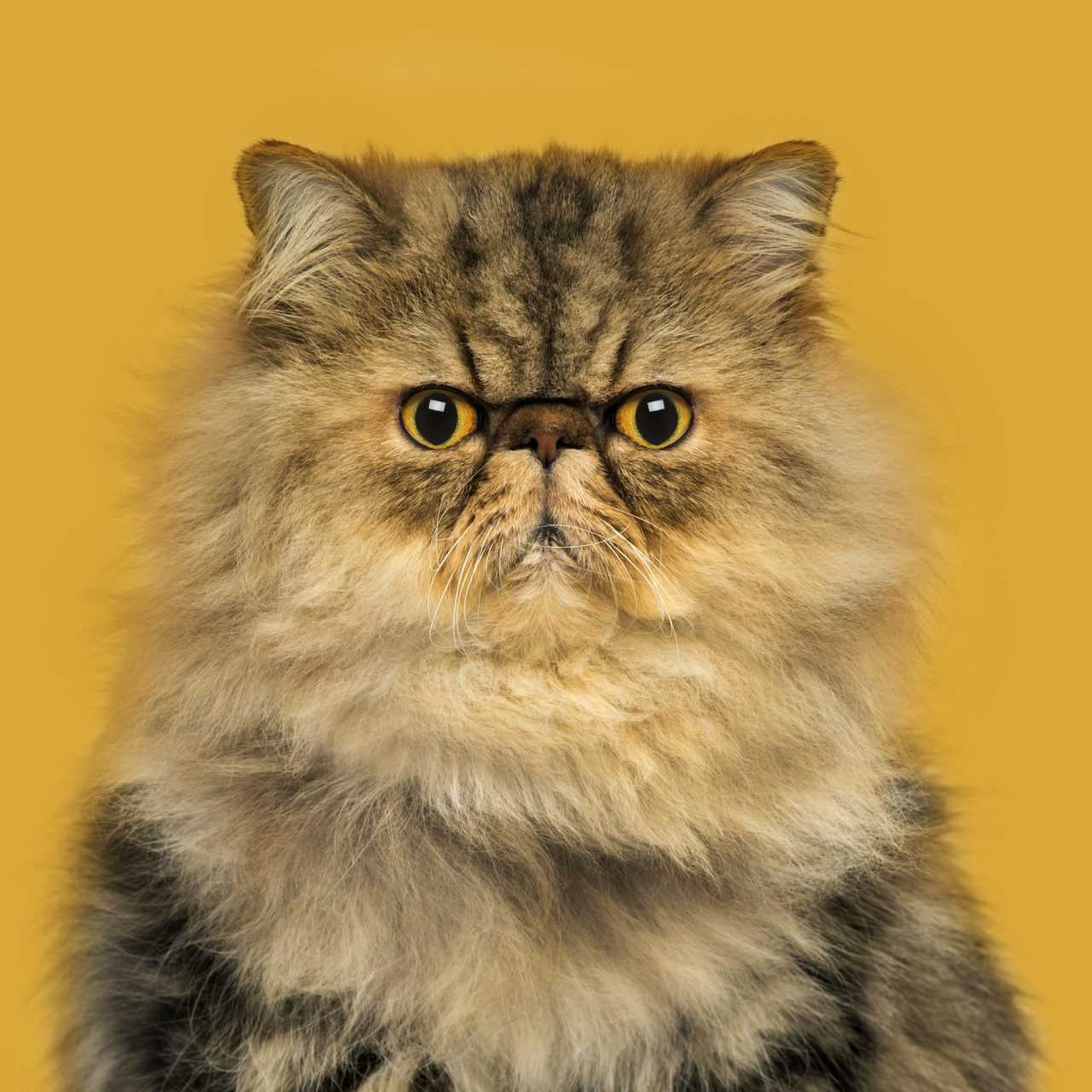
Tips to Understanding cat’s breeds
Ever found yourself staring at your feline friend, wondering about their lineage? You’re not alone. Knowing how to identify a cat breed can be a fascinating journey into the world of whiskers and purrs. Whether you’ve adopted a furry companion or inherited a family pet, knowing their breed can provide insightful clues into their behaviour and care needs.
With cats’ mysterious aura and the array of breeds out there, pinpointing your pet’s heritage might seem daunting. But don’t fret! You’re about to discover some straightforward tips that’ll help you play detective in the quest to uncover your cat’s breed. Get ready to unravel the mystery with a mix of observation and a little bit of feline know-how.
Understanding cat breed
In delving into the world of feline genetics and breed-specific traits, you’ll gain a deeper appreciation for the rich tapestry that makes up the domestic cat. Knowledge of breeds can enhance your understanding of your pet and lead to a more harmonious coexistence.
Why Knowing Your Cat’s Breed Is Important
Unveiling your cat’s breed is not merely about satisfying curiosity. It can be crucial in several ways:
- Healthcare Prevention: Certain breeds are predisposed to specific health issues. Knowing your cat’s breed allows for proactive healthcare and can guide your vet in tailoring check-ups and screenings.
- Behavioural Insights: Different cat breeds exhibit varied behavior patterns. Understanding these can equip you with strategies to manage your cat’s activities and enhance their welfare.
- Diet and Nutrition: Dietary needs can vary between breeds. Your cat’s breed knowledge can inform decisions about what food is optimal for their health and vitality.
- Grooming Requirements: Some breeds require more grooming than others. Identifying your cat’s breed helps determine the level of care their coat might need.
The Diversity of Cat Breeds
The array of cat breeds showcases a fascinating diversity, each with distinctive features. Here’s a snapshot of the variety you might encounter:
- Physical Traits: From the slender Siamese to the powerful Maine Coon, physical characteristics can be a key identifier in determining breed.
- Coat Patterns and Lengths: Whether your cat has a short, sleek coat like the Russian Blue or the luxurious, flowing mane of a Persian, their fur is a vital clue.
- Personality: Some cat breed, like the friendly Ragdoll, are known for specific temperaments, so behavior can often steer you towards identifying your cat’s breed.
- Historic Origins: Some cat breed often carry names indicative of their origins, such as the Norwegian Forest Cat, providing cultural and historical context to your cat’s lineage.
By considering these aspects alongside the tips and insights provided, you’ll be well on your way to uncovering the mystery that is your cat’s breed. Remember, while some breeds may have clear-cut characteristics, your cat’s unique blend of traits makes them one of a kind. Keep researching and observing your feline friend, and enjoy the journey of discovery.
Characteristics of different cat breeds
Recognising Physical Traits

When trying to identify your cat’s breed, physical characteristics are your first clue. The physical traits can be quite distinctive and may include body shape, size, coat length, and colour patterns. Here are some key features you should pay attention to:
- Body Shape: Some breeds are sleek and slender, like the Siamese, while others like the British Shorthair, boast a more robust and rounded physique.
- Size: Main Coons can grow to be quite large, while the Singapura is known for being one of the smallest breeds.
- Coat Length and Texture: Persian cats are famous for their long, luxurious coats, whereas the Sphinx is renowned for being almost entirely hairless.
- Colour Patterns: Tabby patterns are common in many breeds, but the pointed colour pattern is specific to breeds such as the Siamese or Birman.
These are just a few of the variations you’ll encounter. Remember to look beyond the obvious and consider the less visible traits, such as ear shape, eye colour, and even the set of their tail.
Differences in Temperament
Just as people have different personalities, so do cats, and their breed can heavily influence their temperament. Here’s what to look out for:
- Activity Level: Breeds like the Abyssinian are known for their high energy and need for stimulation, while the Ragdoll tends to be more laid-back and calm.
- Sociability: Some cats crave human interaction constantly—like the Burmese—whereas others, such as the Norwegian Forest Cat, may prefer independence.
- Vocalization: Siamese cats are often very vocal and will “talk” to their owners, while other breeds may be quieter and less inclined to make a fuss.
Understanding temperament can help you provide a better environment for your cat, tailored to their specific needs and natural behaviour. It’s also essential for predicting how a pet might integrate with your lifestyle and household. Keep in mind that while breed can suggest certain personality traits, each cat is an individual with its own unique quirks and behaviours.
Ways to determine cat breed
Genetic Testing
If you’re keen on discovering your cat’s ancestry, genetic testing is a reliable starting point. This cutting-edge process decodes your pet’s DNA, uncovering valuable insights into their breed composition. To get started, you’ll purchase a kit, collect a sample, usually from a cheek swab, and send it to a lab. Within weeks, you receive a comprehensive report detailing your feline’s genetic heritage.
Popular DNA tests for cats can identify markers for over 40 breeds and sometimes reveal potential health risks associated with certain breed profiles. Remember, ensuring a good match between the test and the breed specifics maximizes the accuracy of the findings.
Physical Characteristics
Key physical traits provide clues about your cat’s breed, so take a close look at their appearance. Specifics such as body type, ear shape and set, tail length, and eye color can mirror breed standards.
- Body Shape: Is your cat lithe and sleek like a Siamese, or stocky and broad like a British Shorthair?
- Coat Length & Texture: Long-haired breeds like the Maine Coon have a distinctively shaggy coat, while short-haired breeds like the Abyssinian feature a close-lying, fine coat.
- Coat Patterns: Patterns can indicate lineage—mackerel tabbies might suggest an American Shorthair heritage, whereas pointed patterns are typical of Siamese cats.
- Facial Features: Look for distinct facial markers, such as the pushed-in face of a Persian or the chiselled cheekbones of a Russian Blue.
Consult breed guides and compare your observations to identify possible matches. It’s fascinating how much you can discover just by observing your cat’s physical attributes.
Behavioural Traits
While breeding can influence certain traits, it’s not an exact science, as personality varies widely within breeds. Still, certain behaviours may hint at your cat’s breed. Active, playful cats might have traits consistent with Bengals or Abyssinians, whereas a laid-back and affectionate cat could share traits with Ragdolls or Persians.
Take note of your cat’s:
- Activity Level: Are they a relentless hunter or a couch potato?
- Sociability: Are they outgoing with visitors, or do they hide when guests arrive?
- Vocalisation: Do they chat incessantly, like a Siamese, or are they the strong, silent type?
Observing these behaviours alongside physical traits offers a fuller picture of your cat’s possible breed heritage. Delving into the nuances of your cat’s natural instincts can be as enlightening as it is enjoyable, revealing a world of diversity even among domestic felines.
Popular cat breed and their features
When you’re trying to pin down your furry friend’s lineage, it’s useful to get acquainted with the traits of some popular cat breeds. These breeds are not just admired for their distinct looks but for their unique characteristics that could shed light on your cat’s heritage.
Siamese Cats

These are one of the most recognizable breeds with their striking blue almond-shaped eyes, sleek, cream-coloured bodies, and contrasting dark points on their ears, face, paws, and tail. These are social, intelligent, and affectionate cat breeed. Originating from Thailand, formerly Siam, these cats often exhibit a chatty personality and love to engage in conversations with their human companions. They have a distinctive vocalization, which is utilized when they seek attention.
Scottish Fold Cats

The Scottish Fold is easily identifiable by its unique folded ears that lean forward towards the head, giving it a distinctive owl-like appearance. Their round, expressive eyes, coupled with a rounded face and body, add to their charm. Originating in Scotland, these cats come in both long and short-haired varieties. They have a calm and good-natured temperament, which makes them excellent companions.
Maine Coon Cats

As one of the largest domesticated cat breeds, Maine Coons have a robust bone structure, rectangular body shape, and a long, bushy tail to withstand cold climates. Their tufted ears and ruff of fur around the neck are other noteworthy traits. Despite their sizeable appearance, they’re affectionate gentle giants with a friendly disposition. Their origin dates back to the United States, specifically Maine, which is how they got their name.
British Shorthair Cats

Recognized for their dense, plush coats and stocky build, British Shorthair cats exude a teddy bear-like appearance. Their rounded eyes and cheeks along with a broad face, give them a friendly and approachable look. They are a quintessentially British breed and come in a wide range of colors and patterns. These cats are known to be calm, dignified, and not overly active, making them suitable pets for those who appreciate a more relaxed companion.
Persian Cats

Persian cats are the epitome of luxury and grace with their long, luscious coats and pansy-like faces. They possess large, round eyes and short muzzles which add to their overall endearing appearance. These cats are known for being serene and placid, preferring a serene environment and comfortable lap to lounge upon. Originally from Persia, now Iran, they require regular grooming to maintain their coat’s glamorous sheen. Their laidback nature often hides a playful side that comes out in comfortable, familiar surroundings.
Understanding the specific features of these cat breeds could be integral to identifying the roots of your cat’s lineage. Looking deeper into their traits, beyond the visual markers, might reveal shared behaviours or characteristics that resonate with your pet’s own, guiding you closer to the fascinating story of their genetic tapestry.
Conclusion
You’re now equipped with the knowledge to make an educated guess about your feline friend’s heritage. Remember, your cat’s unique characteristics, both physical and behavioural, are key to unravelling the mystery of their breed. If curiosity gets the better of you, genetic testing offers a definitive answer and can shed light on their ancestry. Whether your companion is a sleek Siamese or a charming British Shorthair, what matters most is the love and care you provide. Embrace their individual quirks and enjoy the special bond you share, for that’s what truly defines your cat’s identity. Additionally cat owners can identify the breed of their cats using Google image, by uploading a photo of their cat on image by google.

